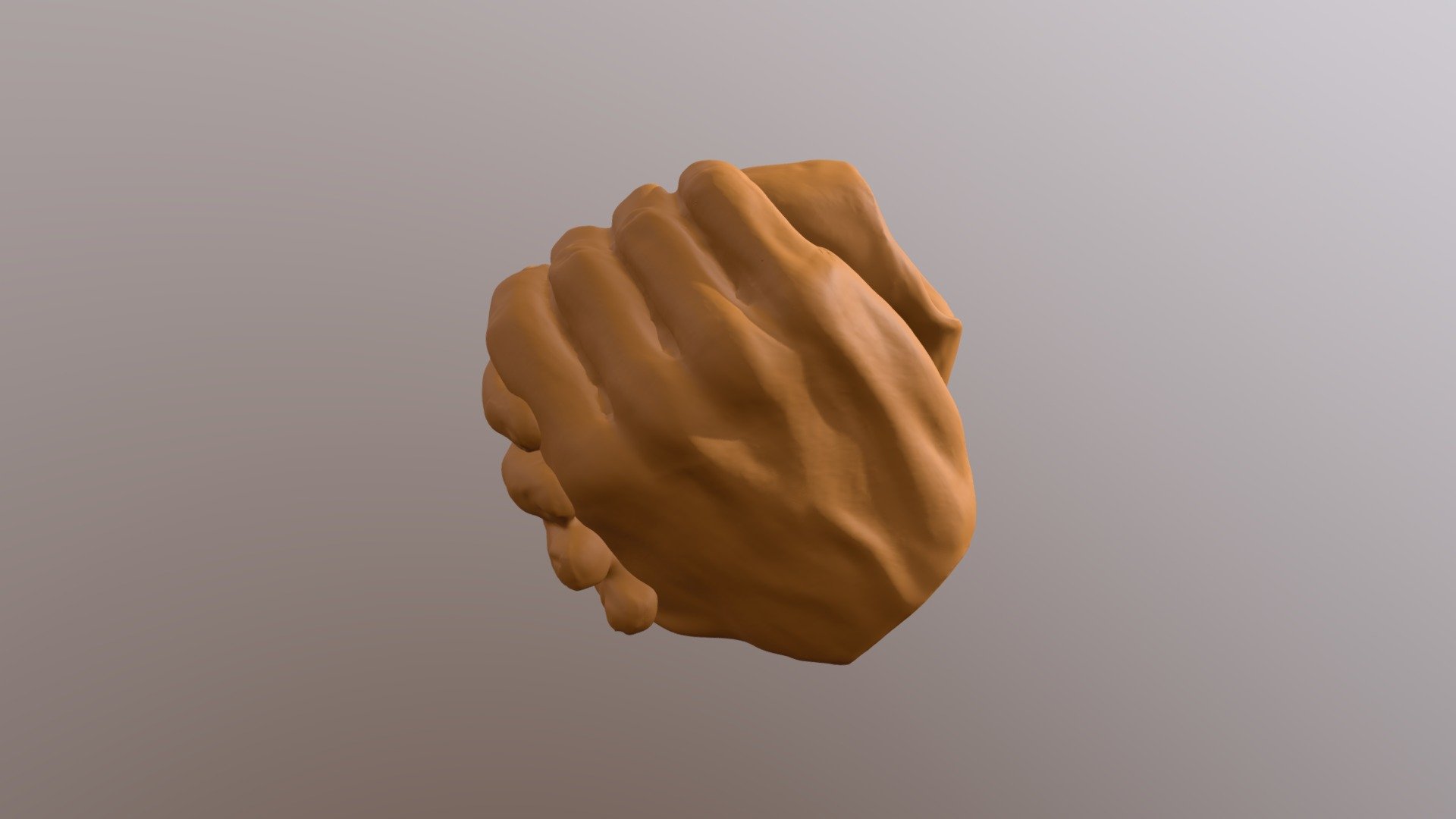
8 Gable Grip
sketchfab
The human body is made up of approximately 37 trillion cells. These cells are the building blocks of life and come in many different forms, each serving a unique purpose. From the nerve cells that transmit signals to the muscle cells that move our bodies, every cell plays a vital role in keeping us alive. Cells are incredibly small, with some being as tiny as one-hundredth the width of a human hair. Despite their size, they are incredibly powerful and have the ability to reproduce themselves through a process called mitosis. The process of mitosis is complex and involves several stages. First, the cell must prepare for division by duplicating its DNA. This is done through a process called interphase, where the cell grows and replicates its genetic material. Once this is complete, the cell enters into a stage called prophase, where the chromosomes condense and become visible. The next stage of mitosis is metaphase, where the chromosomes line up in the center of the cell. This is followed by anaphase, where the sister chromatids separate and move to opposite poles of the cell. Finally, the cell enters into a stage called telophase, where the nuclear envelope reforms and the cytoplasm divides. Mitosis is a critical process that allows cells to reproduce and grow. Without it, our bodies would not be able to repair damaged tissue or replace old cells with new ones. As we age, our cells naturally die off and are replaced through mitosis, allowing us to stay healthy and strong. In addition to reproducing themselves, cells also have the ability to differentiate into different types of cells. This is done through a process called cell differentiation, where a stem cell changes its form and function to become a specific type of cell. For example, a stem cell in the bone marrow can differentiate into a blood cell or a muscle cell. Cells are incredibly diverse and come in many different forms. They can be found in every part of the body, from the brain to the skin, and each one plays a unique role in keeping us alive. Whether it's transmitting signals, moving our bodies, or reproducing itself, every cell is essential for our survival. The study of cells has led to numerous breakthroughs in medicine and technology. By understanding how cells work and what they do, scientists have been able to develop new treatments and therapies for a variety of diseases. From cancer treatment to regenerative medicine, the study of cells has opened up new possibilities for healing and improving our lives. In conclusion, cells are the building blocks of life and play a critical role in keeping us alive. Through mitosis, they reproduce themselves and grow, while also differentiating into different types of cells. The study of cells has led to numerous breakthroughs and will continue to shape our understanding of the human body for years to come.
With this file you will be able to print 8 Gable Grip with your 3D printer. Click on the button and save the file on your computer to work, edit or customize your design. You can also find more 3D designs for printers on 8 Gable Grip.
